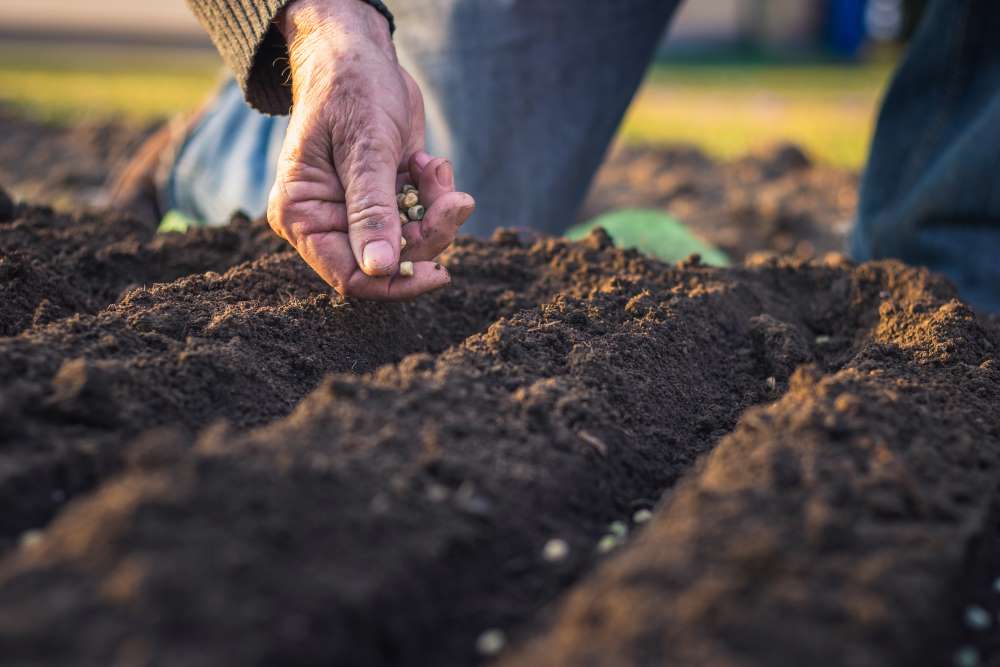
Me and White Supremacy: Combat Racism, Change the World, and Become a Good Ancestor
Reviewed by David Etheridge
April 1, 2021
By Layla F. Saad. Sourcebooks, 2020. 256 pages. $25.99/hardcover; $12.99/eBook.
Layla Saad’s Me and White Supremacy asks those of us who identify as White or appear to others as White to take an unblinking look at the many ways that we do harm because of practices we have learned growing up in a culture that favors White people. The number and seriousness of the harmful practices she describes might suggest the author is deeply pessimistic. However, this Black author’s decision to ask White people to understand and change our behavior seems to be based on her underlying hope—or possibly faith—that many of us will undertake the journey of changing our behavior and making life better for people who are not perceived as White.
The author’s hope is especially remarkable because it persists after she has facilitated Instagram challenges helping White people to engage in the sustained self-reflection that her book prescribes. Following this 28-day guide, readers are asked to examine how they have engaged in 21 specific racist practices and respond to journaling prompts about each one. Four additional exercises ask us to reflect on our relationship with groups of White-identified people: feminists, leaders, friends, and family. The final three exercises ask us to discern what commitments we will make to change our behavior and to record them in our personal journal.
The book title, Me and White Supremacy, is intended to focus our attention on ourselves rather than on White people generally. An underlying premise is that the racist practices described in the book are the inevitable result of being raised in a White supremacist society—that is, one where White people are mostly in charge and White people are considered more normal than others. The mistaken belief that White people may have that they are exempt from racist conditioning is labeled by Saad as “white exceptionalism.”
The book contains journaling prompts. Because of the tendency to believe in “white exceptionalism,” the prompts ask us how we have engaged in a specific racist activity, rather than whether we have done so. The belief that “we are one of the good ones” is seen as especially dangerous because it leads to deciding we do not need to change, which will lead to doing more harm.
The prescribed exercises are intended for anyone who holds White privilege, which means unearned advantages granted because of one’s perceived Whiteness. People that hold White privilege include some Black, Indigenous, and People of Color (BIPOC) who are sometimes perceived as White, or who benefit from having lighter skin color than other BIPOC.
After introducing White privilege, Saad describes other common characteristics of White behavior that she labels “The Basics.” The second of these is “white fragility,” which is described by Robin DiAngelo as “a state in which even a minimum amount of racial stress becomes intolerable, triggering a range of defensive moves.” That defensiveness causes us to get angry when it is suggested we have done something racist. Rather than learn from the experience, as we might if our mistakes occurred in matters not related to race, our first response is to deny we made any mistake at all. White fragility makes it hard for us to learn from our mistakes. It also discourages those who might want to help us.
The next closely linked concept is “tone policing”: the practice of focusing on the tone of what might be said about our behavior rather than the content of the message. If a BIPOC is outraged by our conduct and expresses that reaction to us plainly, that BIPOC will often be accused of “verbal abuse” and be dismissed without considering the substance of what was said. This unfairness is often painful to BIPOC because it prioritizes the comfort of the person who caused the harm over the impact on the one harmed. Learning to listen to and consider carefully those unpleasant messages is a crucial skill to help us make progress in reducing the harm we cause to BIPOC.
Another related phenomenon is “white silence,” where we avoid letting other White people know when we observe them engaging in conduct that harms BIPOC. We often fall silent to avoid triggering White fragility and being accused of hurting the feelings of a fellow White person. Our reluctance to speak up when we see someone harmed communicates to the person harmed that we do not care about them.
Me and White Supremacy can be used either individually or in a group. The author provides helpful guidance on using it in either setting as well as advice on how to move from intensely personal reflection to helping dismantle systemic racism.
Undertaking the self-reflection recommended in this book can help us reduce the harm we cause and, in Layla Saad’s formulation, become “good ancestors.”
David Etheridge is White, a member of Friends Meeting of Washington (D.C.), and clerk of Baltimore Yearly Meeting’s Working Group on Racism.


